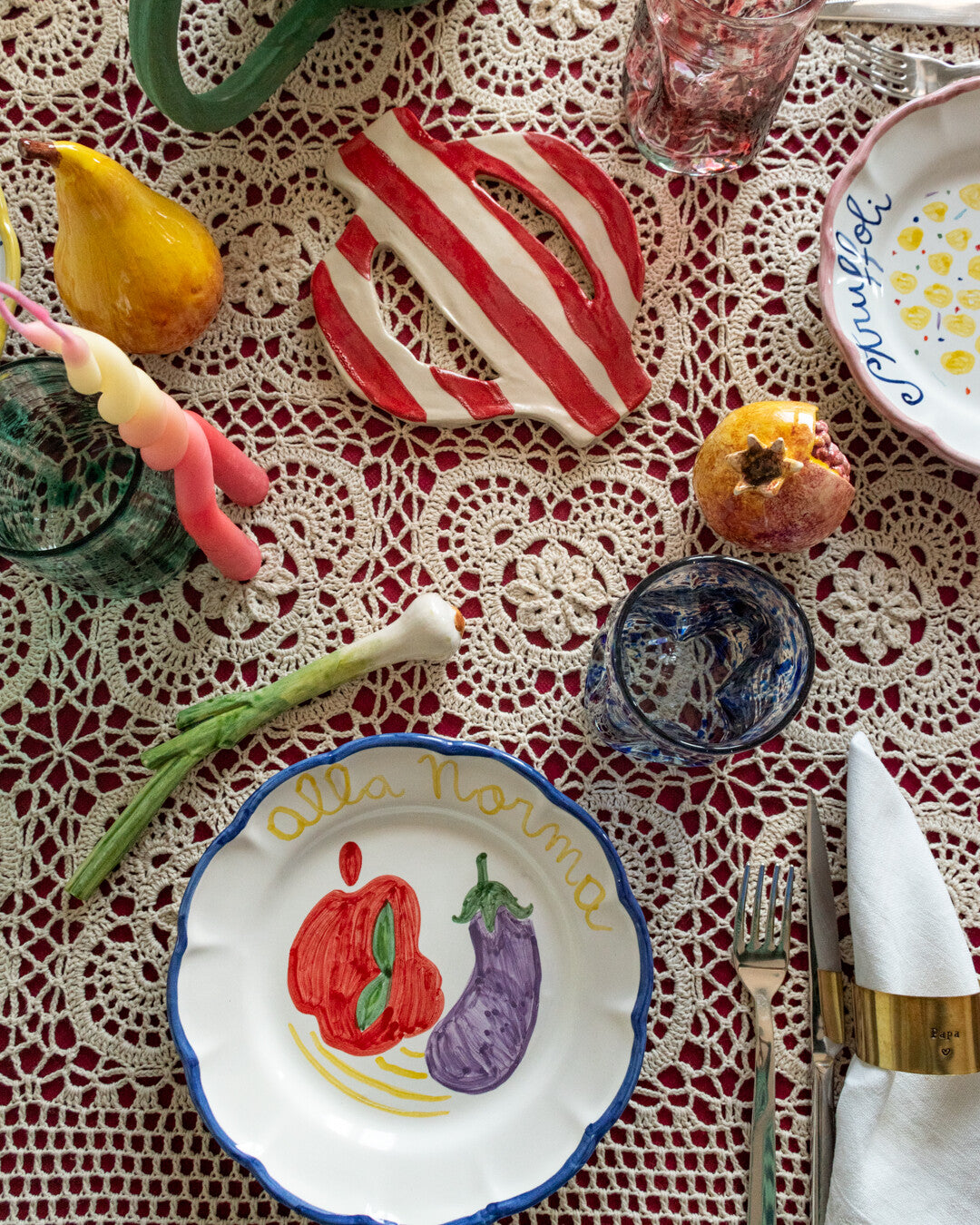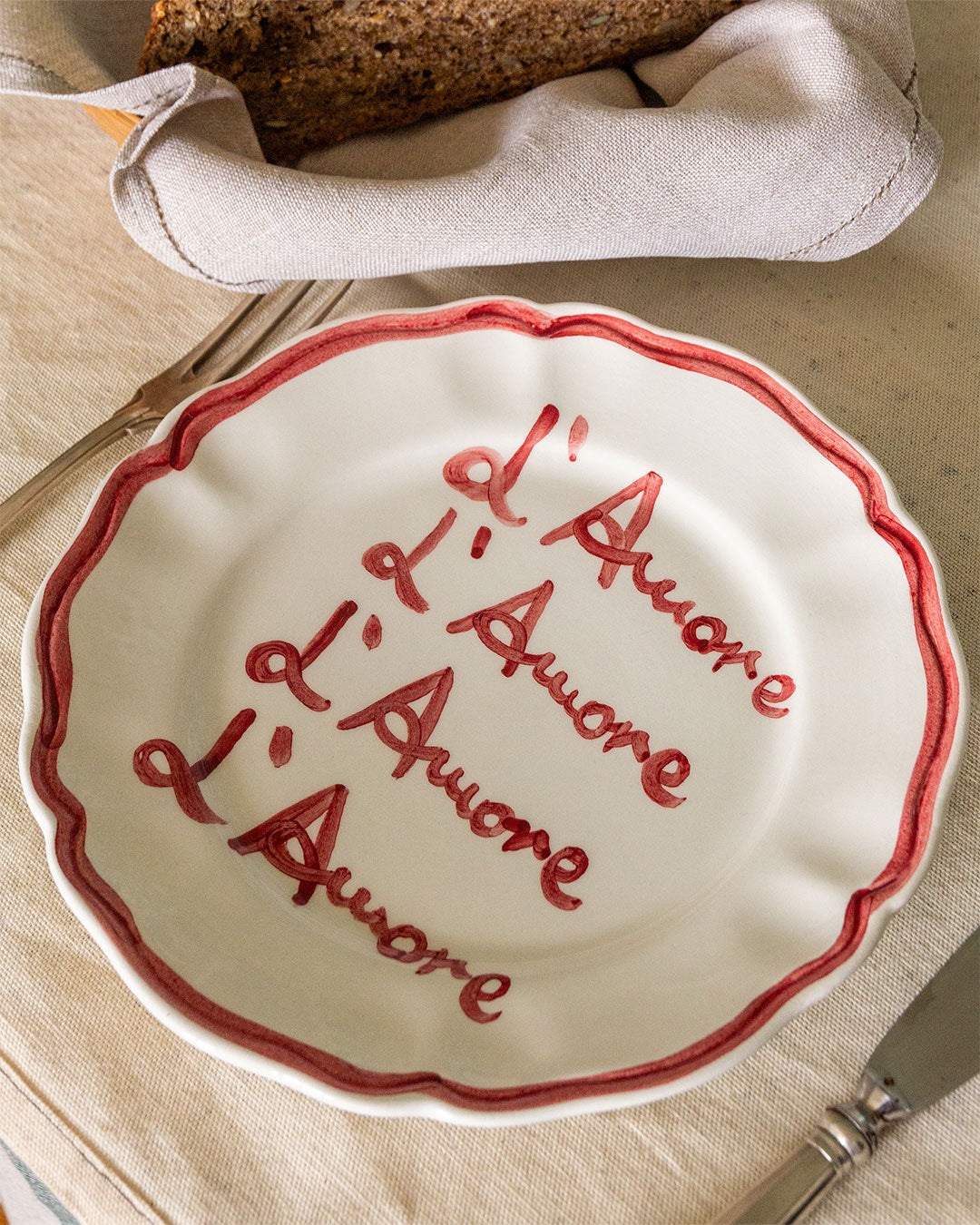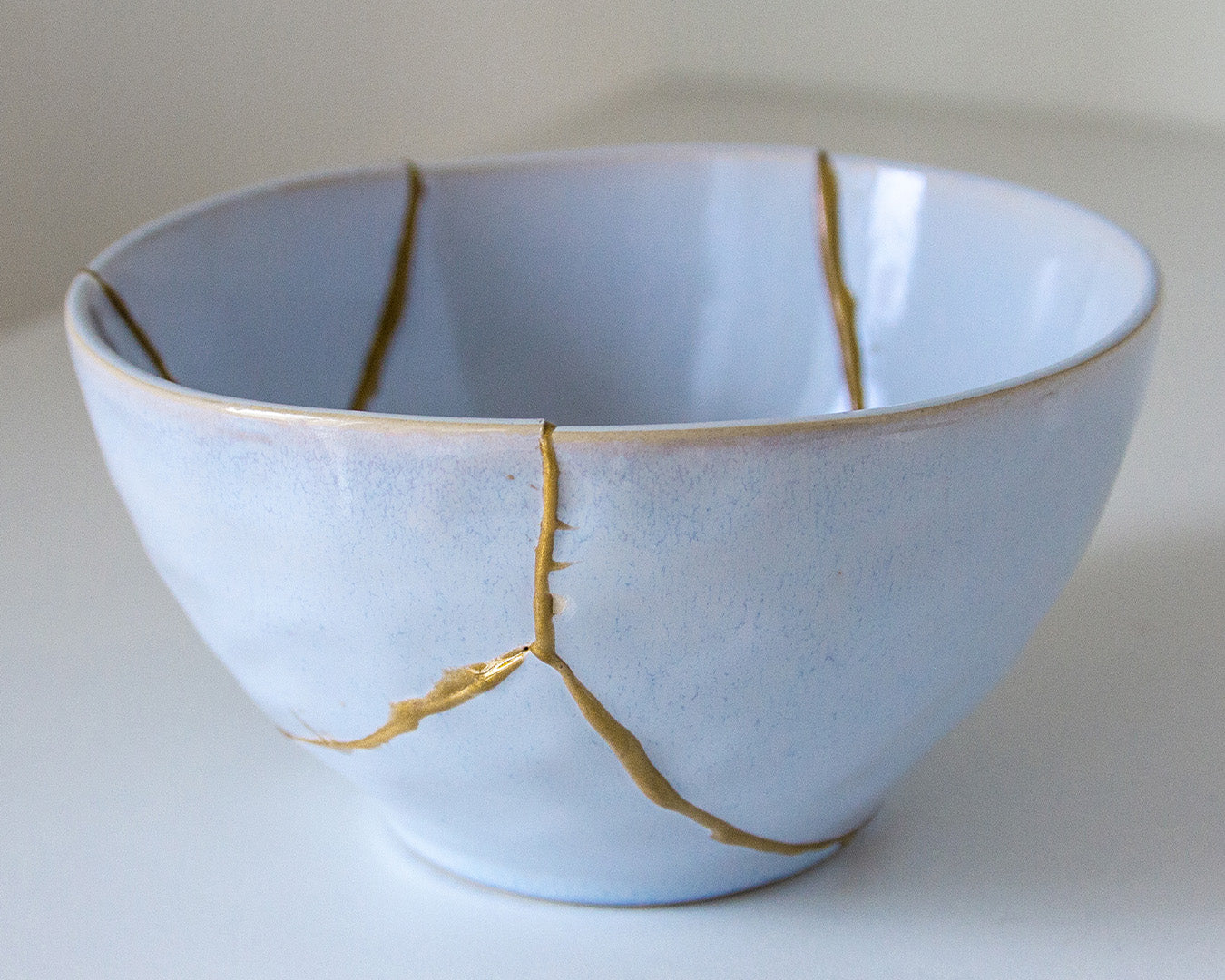Broken from delivery, dropped by accident, or thrown at an ex-boyfriend, there are times our lovely ceramic treasures end up in pieces. But don’t worry, we will show you how to transform your handmade pottery into something even more unique with the Kintsugi technique.

What is the Kintsugi technique?
Kintsugi, or 金継ぎ, is a Japanese art form that means "golden joinery". This practice emphasizes and beautifies the fractures in a broken object, thereby increasing its value.
The method involves piecing together fragments, transforming them into something more sophisticated. Each piece fixed through Kintsugi is distinct due to the unpredictable nature of how ceramics break and the unique patterns created by combining urushi lacquer with gold or silver dust.
Tips when you use the Kintsugi technique
You can always find information on the internet about how to adapt this technique, but we have some pro tips you should know before trying it yourself.

First of all, most of the glue available for repairs is not food-safe. If you want to use the repaired item for food, make sure to use food-safe glue. Alternatively, you can always use them as decoration or as a holder for non-food-related purposes, such as a toothbrush holder.

Second, be aware that many repair glues start to harden quickly. To manage this, prepare all materials in advance and work in small sections, applying the glue in thin layers for better control. If a mistake occurs due to the nature of the glue, gently remove the pieces, clean them, and reapply.
 |
 |
To make it even more shiny and have a cool finish, we suggest you add golden or silver powder. Once you've applied the glue, wait approximately 35-40 minutes before adding powder. This step ensures the powder adheres properly before the glue dries completely.

Consider how you'll manage the broken pieces during the repair process. It’s helpful to use a holder or a stable support to keep the pieces in place while you work with the glue. This approach not only makes it easier to apply the glue precisely but also ensures the fragments stay aligned as the glue dries.
 |
 |
Last but not least, practice patience and work in a well-ventilated area for safety.
Cracks and damage, through the process of repair, acquire a kind of beauty and life that is not inferior to the object itself. A crack is the beginning of creation.



